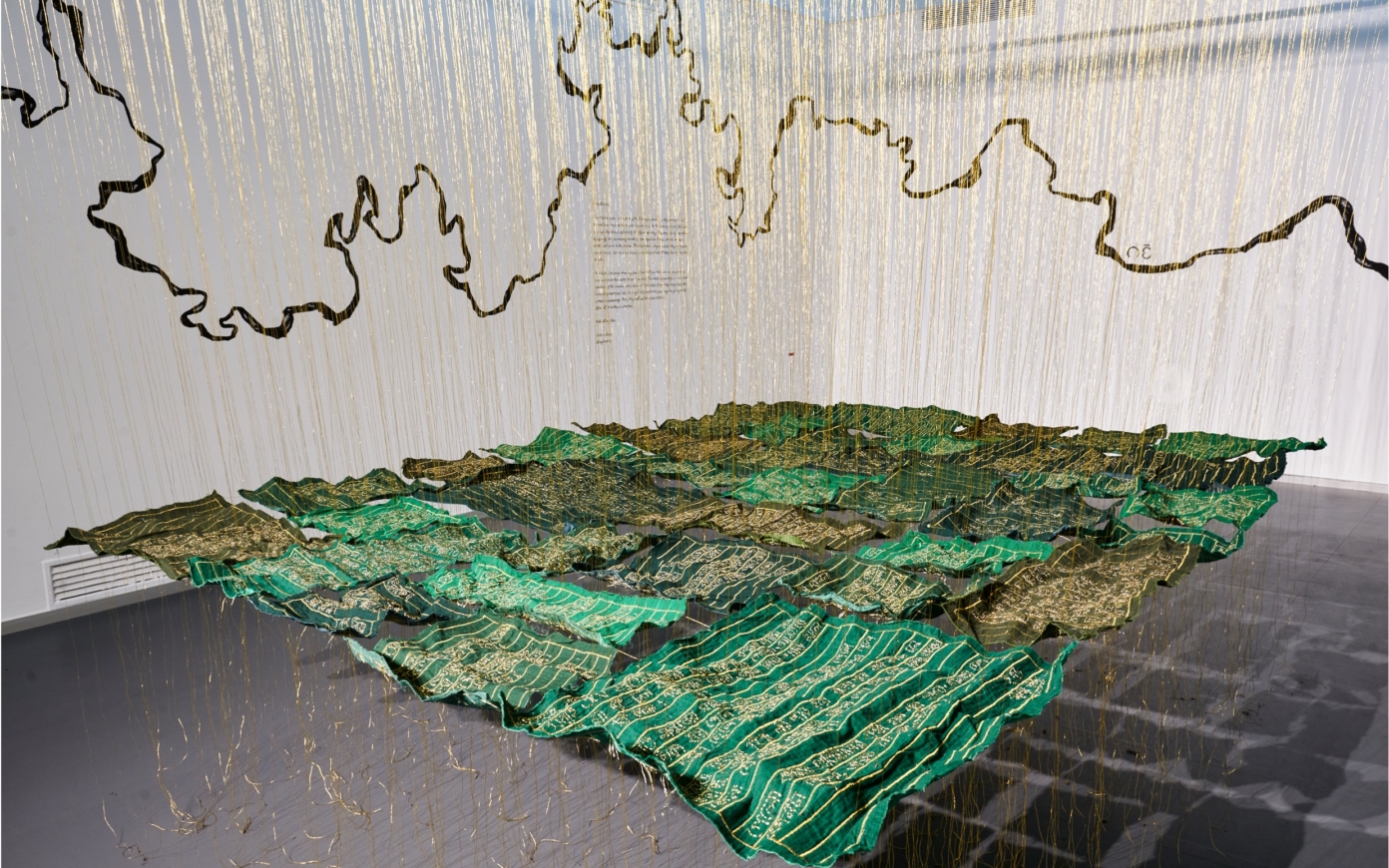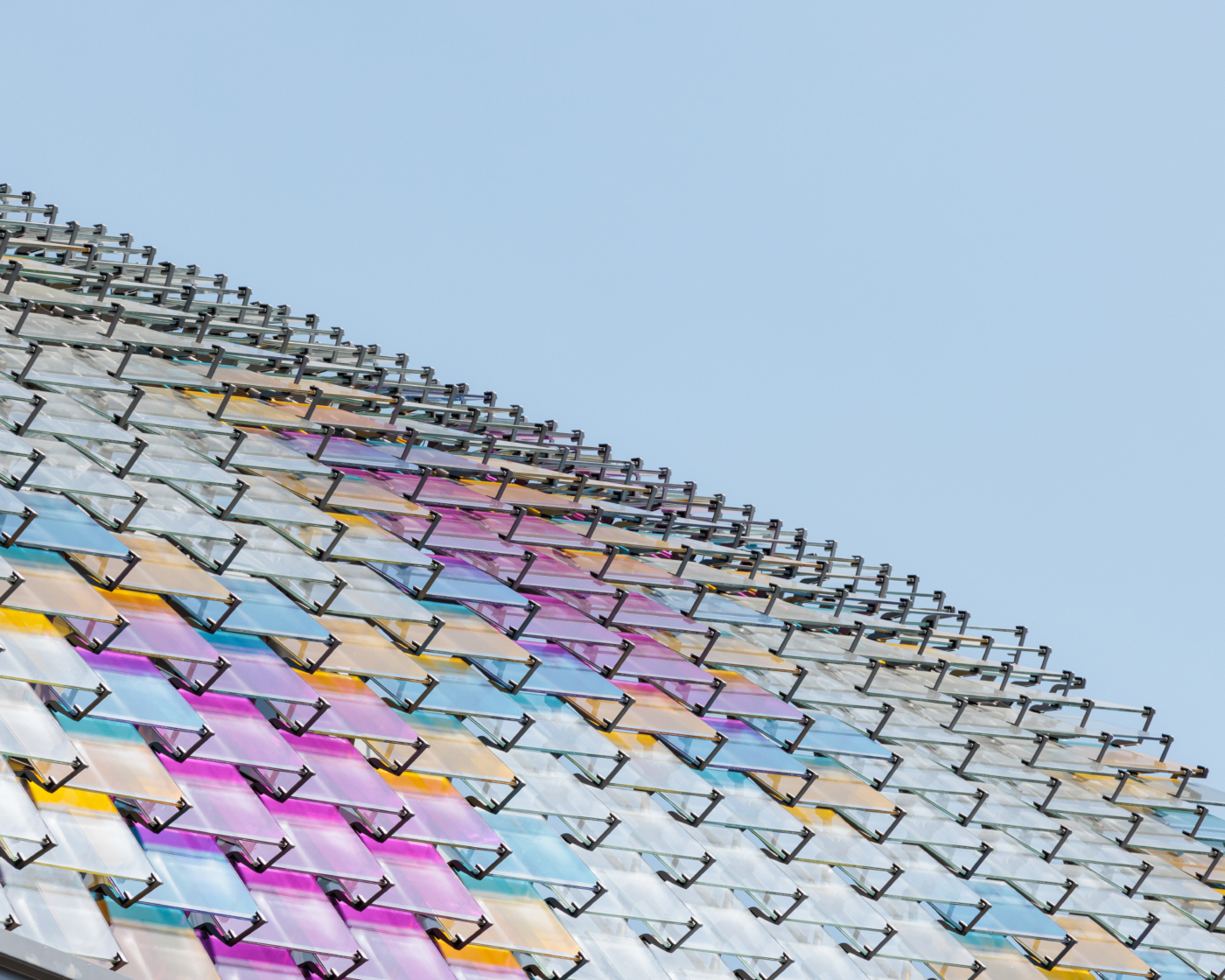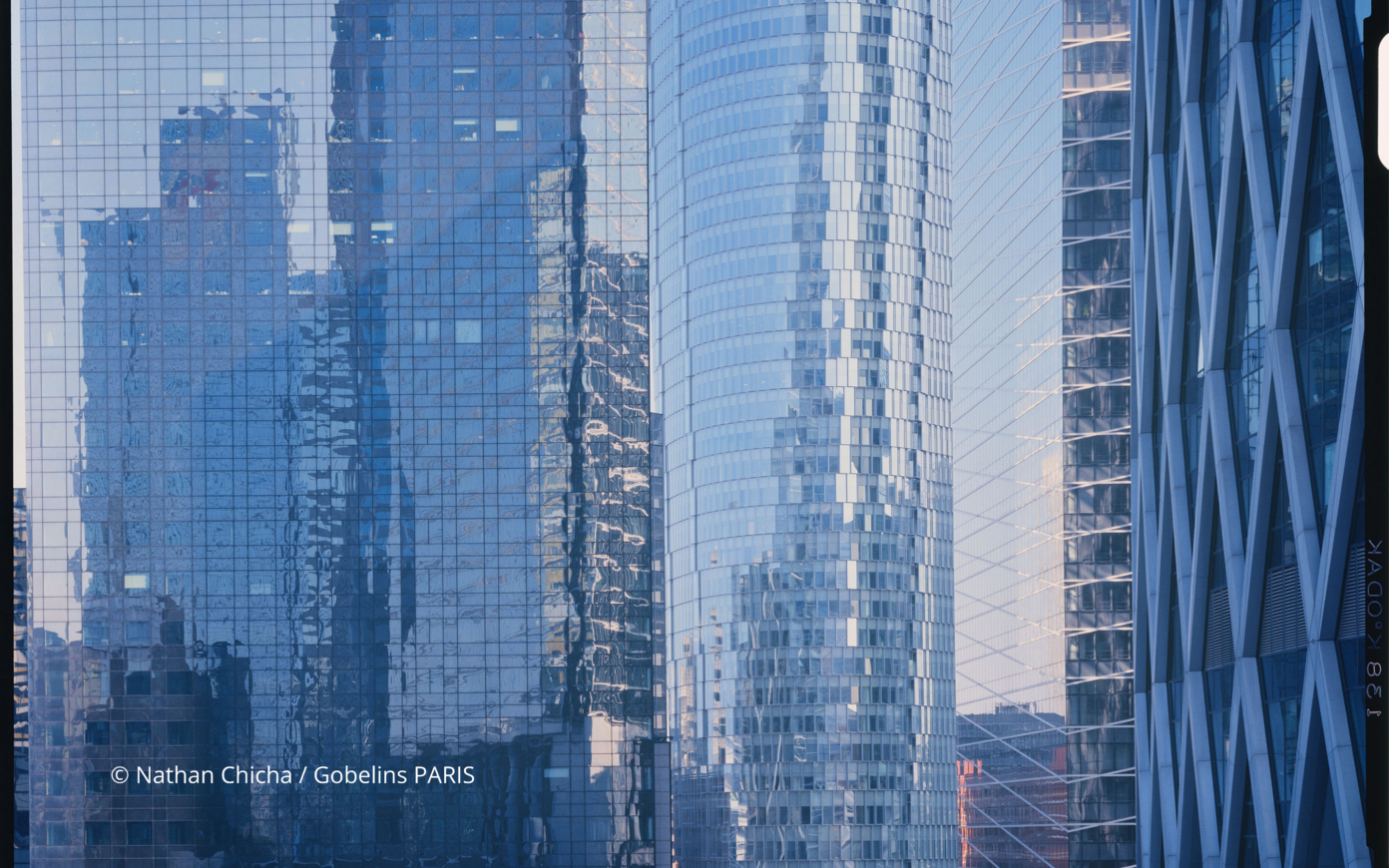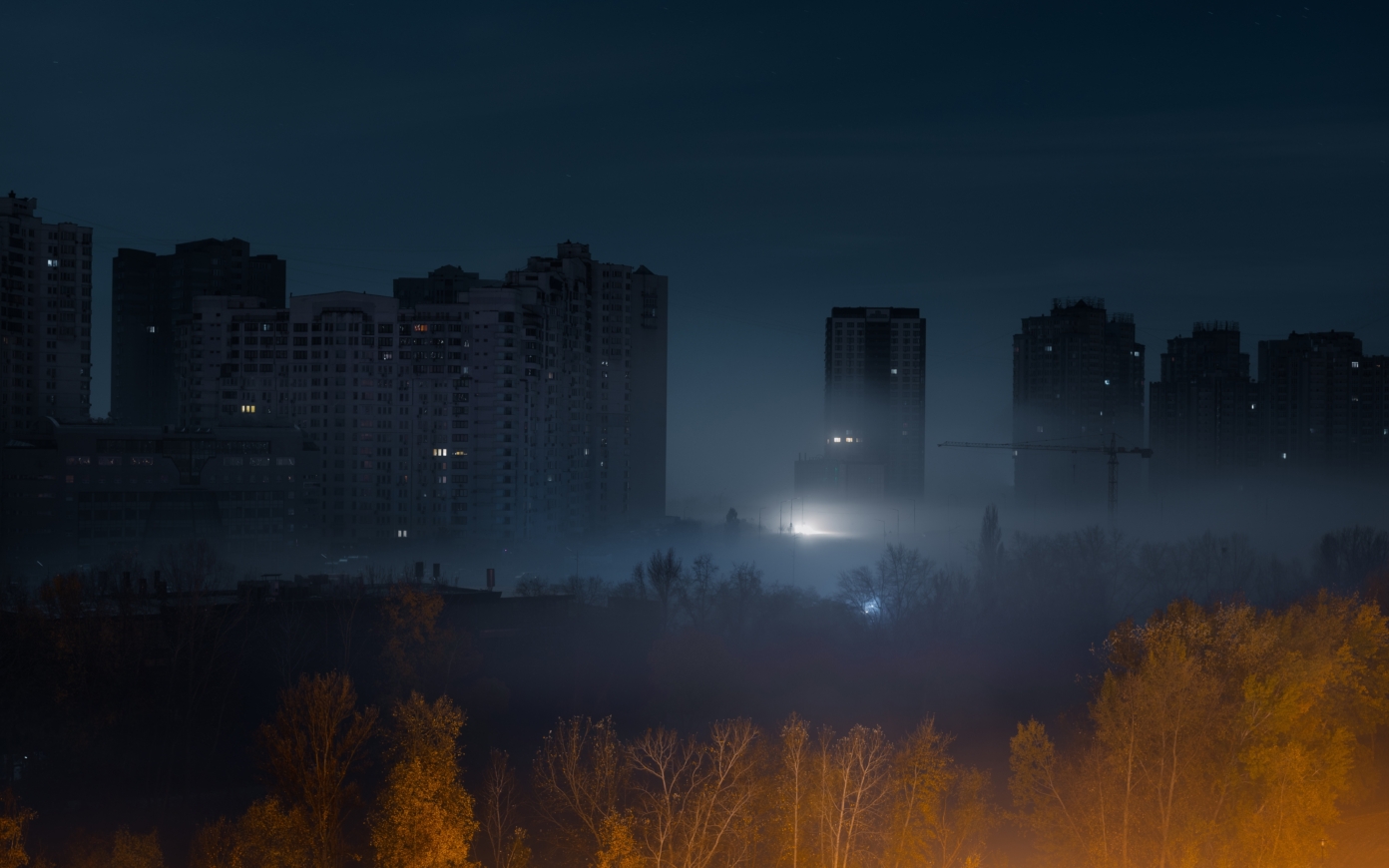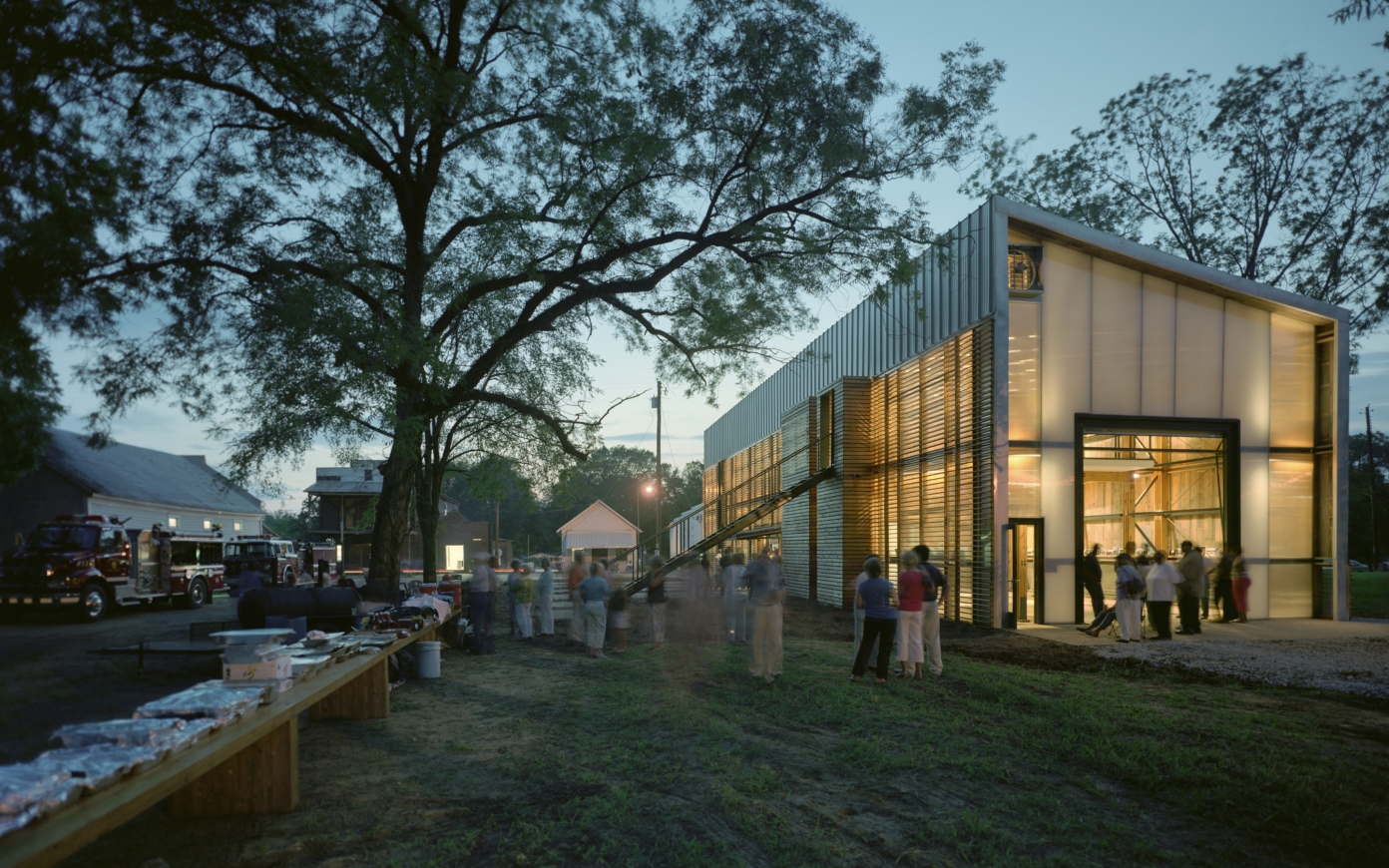Viollet-le-Duc, an inspired vision of restoration
“ Restoring a building does not mean maintaining, repairing or remaking it, it means restoring it to a complete state that may never have existed at any given time, according to Viollet-Le-Duc. ”
- Publish On 1 August 2024
- Bérénice Gaussuin
- 29 minutes
Viollet-le-Duc is famous for restoring the spire of Notre-Dame, which had been knocked down in 1792. In the course of this construction project, he reinvented the statues of the portals and the Kings’ Gallery, which had been decimated during the Revolution, because, in his words: “Restoring an edifice does not mean maintaining, repairing or remaking it, it means re-establishing it in a complete state that may never have existed at a given moment.” Bérénice Gaussuin, PhD in architecture, whose book Viollet-le-Duc : La forge d’une théorie de la restauration par la pratique (Viollet-le-Duc: Forging a theory of restoration through practice) has just been published (CNRS Éditions), takes a look at the approach of this extraordinary restorer.

